Spirituality in Jyotish
The heart lotus – basics of spirituality and aṣṭamaṅgalam; Also Iṣṭa devatā, pālana devatā and Guru devatā.
Not concerning ourselves with the inanimate world, let us focus on the living beings, and that too the human being and spirituality. The aṣṭadala padma (eight-petal lotus) is the foundation of Hindu philosophy. It is based on the Kālachakra or the wheel of time, which is composed of eight spokes and has the 28 constellations distributed in these spokes.
National Finance
Introduction- The houses
Before venturing into the study of the finances of a nation we should be clear about the indications of the houses in the chart.
In deva prasna (i.e. questions bearing on deities, the twelve houses signify (1) Divine presence, (2) wealth, (3) temple servants, (4) vehicles (5) image, idol, picture or symbol like an alter, (6) enemies, (7) ornaments, (8) offerings, oblations of five or sixteen kinds, (9) temple authorities, (10) festivals, (11) income and (12) expenditure.
Trimsamsa D-30 Chart
There are two methods to draw a Trimsamsa (D30) Chart. We discuss the method of Parashara.
What is the Trimsamsa, and how to draw a Trimsamsa Chart?
Trimsamsa means the one-thirtieth portion of a sign measuring one degree. Unlike other divisions, the Sun and Moon are not the Lords of any trimsamsa and the Nodes (Rahu & Ketu) also do not owm any trimsamsa. Thus the remaining five of Mars, Mercury, Jupiter, Venus and Saturn own the trimsamsa.
Spiritual Weekend in California
Venue: Institute of Transpersonal Psychology, 1069 East Meadow Circle, Palo Alto, CA 94303 – at the ‘Samadhi Classroom” Website: www.itp.edu
Dates: 28-29 May, 2011, Time: 10.00am – 5.00pm
Organiser SueAnn McKean, Jaimini Scholar sueann
Send an email to SueAnn and book your seat sueann@guna.us
Donation: $108 (for both days) Recommended
Topics
28 May AM: Vimshamsha D20 chart, the calculations and philosophy + Vimshamsha shakti
28 May PM: Bhavas in D20 chart with Concepts of Devata: Kula, Gotra, Stana, Dharma, Ishta
29 May AM: Lagna (Rashi) in D20 chart, Karaka Lagna, Bhratri Karaka
29 May PM: Holy Charts of –
(1

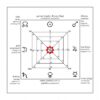



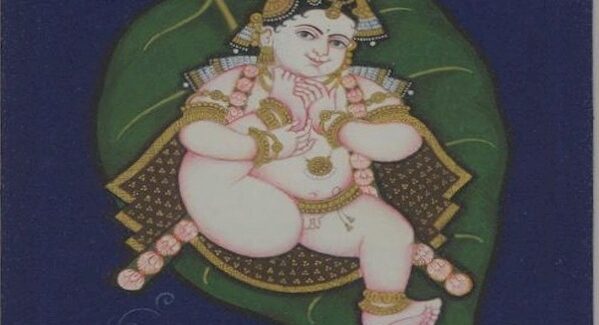
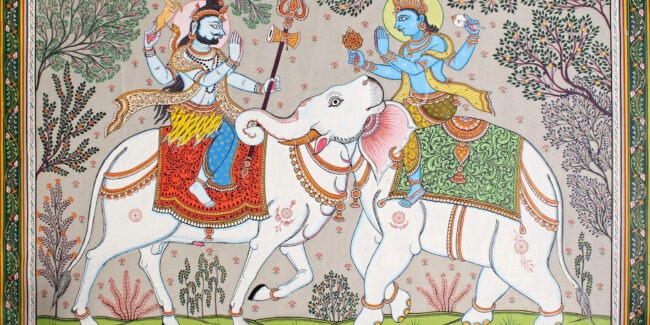
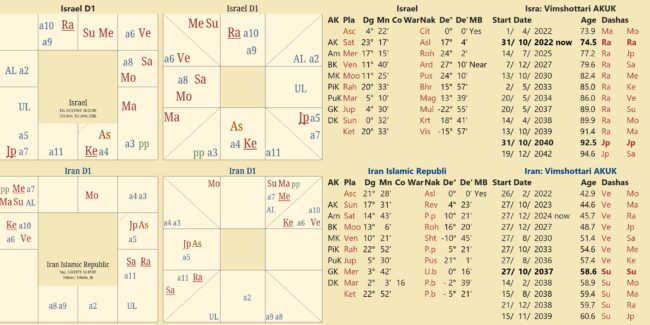

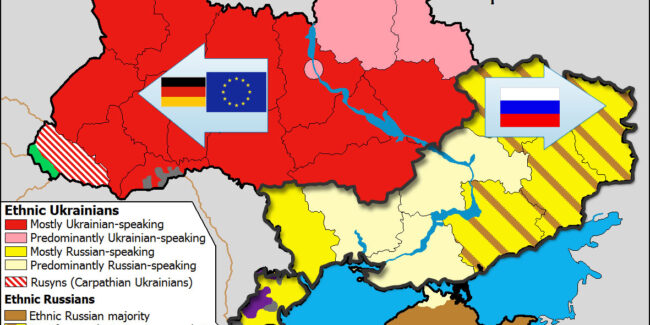

 DBC offers online courses in jyotish (Vedic Astrology) taught directly by Sanjay Rath as per the tradition, through narrated power points and other audio tools. The courses are at different levels, from the beginners through the intermediate to the advanced and are known as SoHamsa | DBC courses, with individual classrooms and assistant teachers
DBC offers online courses in jyotish (Vedic Astrology) taught directly by Sanjay Rath as per the tradition, through narrated power points and other audio tools. The courses are at different levels, from the beginners through the intermediate to the advanced and are known as SoHamsa | DBC courses, with individual classrooms and assistant teachers
 Sagittarius Publications is the publisher and distributor the popular quaterly magazine the Jyotish Digest, as well as many thorough books on the subject of Vedic Astrology or Jyotish.
Sagittarius Publications is the publisher and distributor the popular quaterly magazine the Jyotish Digest, as well as many thorough books on the subject of Vedic Astrology or Jyotish. We have an excellent pandit Divākar ‘Deva’ Mishra, who is from the priests of Vindhyāvāsini Siddha Pīṭha to guide you through the hundreds of temples of Kāśi [Varanasi] and neighbouring regions. He can organise your pūjā, keep you safe and take care. He is supported by an English-speaking well-travelled spouse ‘Supriya Mishra’. Please contact them directly for any services, remedial pūjā and tours. They handled the 60+ member Kāśi Jyotiṣa Group 2022.
We have an excellent pandit Divākar ‘Deva’ Mishra, who is from the priests of Vindhyāvāsini Siddha Pīṭha to guide you through the hundreds of temples of Kāśi [Varanasi] and neighbouring regions. He can organise your pūjā, keep you safe and take care. He is supported by an English-speaking well-travelled spouse ‘Supriya Mishra’. Please contact them directly for any services, remedial pūjā and tours. They handled the 60+ member Kāśi Jyotiṣa Group 2022.